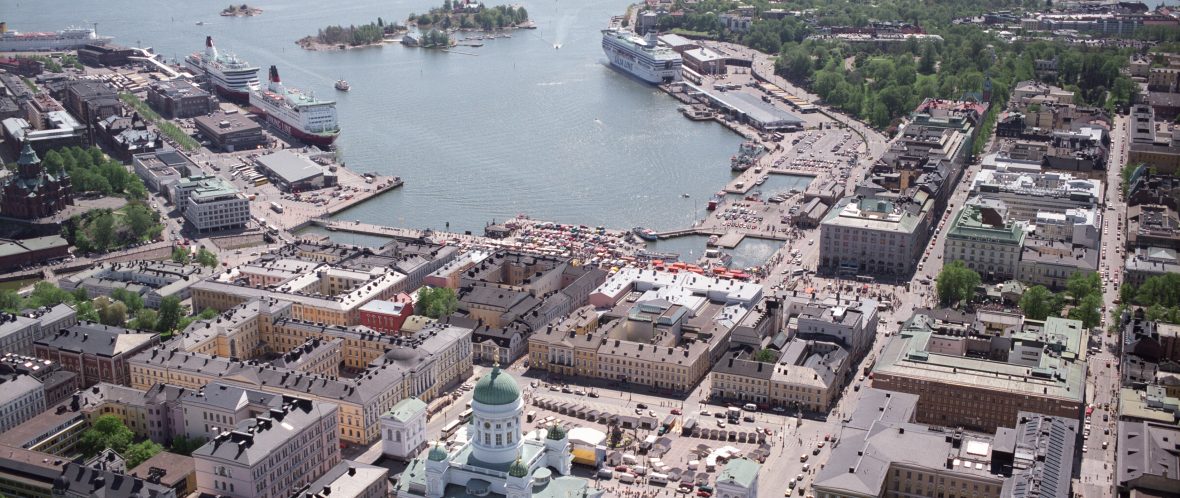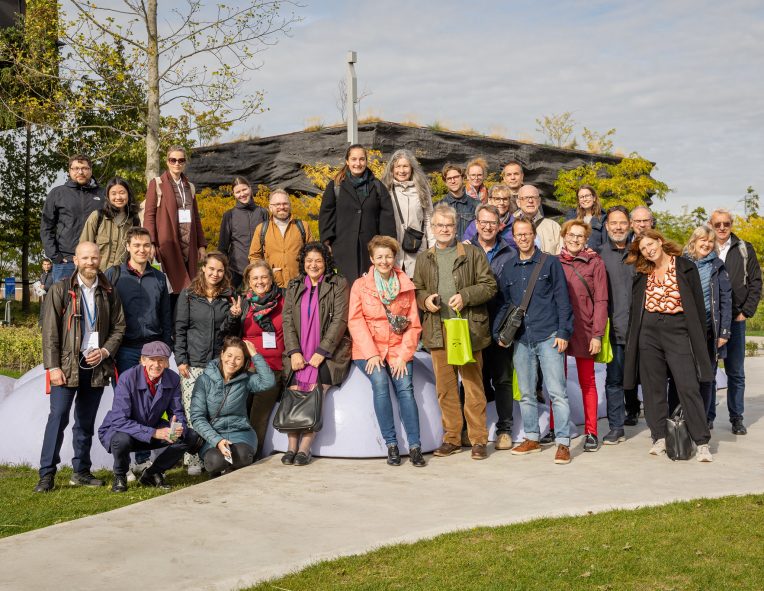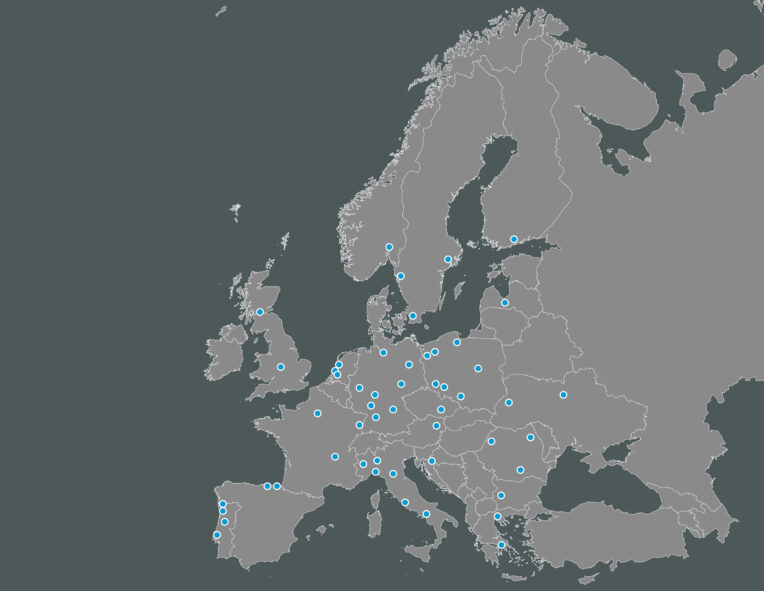Esterinportti 2 B
FI-00240 Helsinki
Finland
https://www.uudenmaanliitto.fi/en
Helsinki Region Environmental Services Authority HSY
P.O.Box 100, FI-00066 HSY
Visiting address: Ilmalantori 1, 00240 Helsinki
https://www.hsy.fi/en/residents/
City of Helsinki
Urban Environment Division
Työpajankatu 8
P.O.BOX 58211
FI-00099 CITY OF HELSINKI, Finland
http://www.hel.fi/kaupunkiymparisto/en
Primary METREX contacts


Key documents
Major projects
Helsinki-Uusimaa Regional Land Use Plan
The Regional Land Use Plans for the Helsinki-Uusimaa Region are comprehensive regional land use plans covering all forms of land use. Image shows the combination of regional land use plans now in force. It has a time span until the year of 2035. Map: https://www.uudenmaanliitto.fi/files/19646/Kaavayhdistelma_2014.pngHelsinki-Uusimaa Land Use Plan 2050
The Helsinki-Regional Council is preparing a new land use plan called the Helsinki-Uusimaa Land Use Plan 2050. Covering the entire region and all the important forms of land use, it has an overall character. It has a time span until the year of 2050. The regional land use plan has two different levels; a strategic structural plan for the entire Helsinki-Uusimaa Region, completed by the three Phased Regional Land Use Plans. View the Land Use Plan 2050Helsinki Region MAL 2019 Plan is a regional land use, housing and transport plan that describes how the region should be developed in 2019-2050. View MAL 2019 Plan
The City Plan 2016 for Helsinki is a land-use plan that manages the city’s structure for the next 30 years till 2050. It is a long-term strategic plan that expects Helsinki to grow in a sustainable manner to nearly 900,000 residents and over 2 million in the city-region. View City Plan for Helsinki
The Helsinki-Uusimaa Region in Finland aims to be a carbon neutral region by the year 2035. The Helsinki-Uusimaa Regional Assembly approved of this challenging goal December 2018, as included in the Helsinki-Uusimaa Regional Programme 2.0. View Helsinki-Uusimaa Regional Programme 2.0
The regional council is revising its Carbon Neutral Roadmap to reflect the target 2035 for carbon neutrality set by the Regional Council. The benchmarking report, which assesses the carbon neutral strategies of several European regions, will function as one guideline for the update. View Carbon Neutral Roadmap
The Helsinki Metropolitan Area Climate Strategy 2030 have been approved by the cities of the metropolitan area already in 2008. Its targets have been revised in 2012. A joint climate change adaptation strategy, which includes both an analysis of regional climate impacts and adaptation policies, was published in 2012 and approved by the cities. HSY has been coordinating both strategy processes.
In 2019, as part of the promotion of climate and circular economy related measures, HSY will prepare the Sustainable Urban Living programme in joint process with cities, regional authorities and other regional actors. The cities have set their ambitious goals to become carbon neutral, Espoo and Vantaa by 2030 and Helsinki by 2035. The combined climate emissions, generated by the cities in the Helsinki Metropolitan Area, were equivalent to five million tonnes of carbon dioxide in 2017, which means 4.3 tonnes per resident.
Helsinki Metropolitan Area Climate Strategy to the Year 2030
ViewCarbon-neutral Helsinki 2035
ViewNSB Core – North Sea Baltic Connector of Regions
The Interreg Baltic Sea Region Programme financed NSB CoRe project aims to improve the sustainable accessibility of the Eastern Baltic Sea Region to freight and passenger transport. The Helsinki-Uusimaa Regional Council is the lead partner of the project. More informationThe FineEst Link project – Feasibility study of the Helsinki–Tallinn fixed link
The Interreg Baltic Sea Region Programme financed FinEst Link project explores the development needs in transport between Helsinki and Tallinn in a long-term perspective. On one hand the project analyses how the existing fast ferry services and connections could serve the increasing traffic volumes between the ports of Helsinki and Tallinn. The project had also carried out a feasibility study that analyses from an economic and technical standpoint whether there are grounds for visioning a sub-sea railway tunnel between the two cities. The Helsinki-Uusimaa Regional Council has been the lead partner of the project.
More informationNordic-Baltic Space
The Nordic-Baltic Space is a ‘Transnational Perspective’ that aims to guide the future development changes across the Nordic-Baltic Space city-regions. It is a macro-regional approach as part of the European network of city-regions. A Transnational Perspective aims to contribute to the overall Vision for the Nordic-Baltic Space through determining the strategic direction of City and Regional resources that shape the city-region structure and embodies the wider Transnational Vision for the ‘Metropolitan-Future’. Part of the purpose is to to recognise the international significance of using spatial planning to guide future development in our cities and city-regions and to manage the city-regional structure.The Nordic-Baltic Space operates as a Metrex Expert Group. Metrex offers a wide cooperation network from which to find the relevant partners. Stockholm Region and Helsinki-Uusimaa Regional Council together with the City of Helsinki, are the lead partners of the project. Gothenburg, Oslo, Riga are key partners, with Tallinn and Warsaw-Mazovia as observers.
SMART-MR
SMART-MR project improves transport policies and develops measures to promote sustainable low carbon mobility in metropolitan regions. The project contributes to meet the challenges of metropolitan transport, such as climate change, air pollution and congestions, and provides a healthier urban environment and supports business environment. By developing more sustainable mobility solutions, the project focuses on four sub-objectives:
• producing methods and tools for participatory transport planning
• converting urban mobility plans into sustainable urban mobility plans on metropolitan level
• developing solutions for low carbon intermodal nodes as well as logistics and service areas
• supporting the sharing economy, as well as new, innovative and sustainable forms of mobilityAs part of SMART-MR project, a Low Carbon District concept for station areas has been developed in Helsinki region. It aims to help cities to develop low-carbon areas both in existing urban structure and in planning of new station communities. The concept includes land use, housing, mobility and service sectors and four cross cutting themes: climate change mitigation, resilience, circular economy and social sustainability. Both technology integration and natural resources has been taken into account. The concept helps to set targets for low-carbon station areas with its 70 criterias and compiles measures which can be used for reaching the targets.
The Urban Agenda
The Urban Agenda Partnership on Air Quality started its work in 2015 among the first partnerships. It has produced several tools to help cities, regional organisations and states reduce the negative impacts of poor air quality on the heath of citizens. These tools can be found on the website https://ec.europa.eu/futurium/en/air-quality. The partnerships continues until the end of 2019.CANEMURE – Towards Carbon Neutral Municipalities and Regions in Finland
The ‘Towards Carbon Neutral Municipalities’ (CANEMURE) project, which has been approved for the Life programme, will promote practical measures to mitigate climate change over the next six years. The aim of the project is to promote smart and low-carbon transport, increase the production of distributed renewable energy and improve the energy efficiency of buildings. In addition, the project supports processes which create a sustainable urban structure and the conditions for low-carbon production and consumption. The project also promotes the transition of agriculture and forestry to the use of low-carbon soil treatment methods, especially in peatlands.Jätkäsaari development for 20,000
Smart-city Kalasatama Project – 20,000
Kruunuvuorenranta – 12,000
Central Pasila – 1m square metres office and housing development
Östersundom new district – 80,000
NSB CoRE Interreg V Project on transport and planning
Baltic Space METREX Project
Planning issues
Helsinki City Plan 2050
Regional Plan 2050
Climate-Smart 2035



